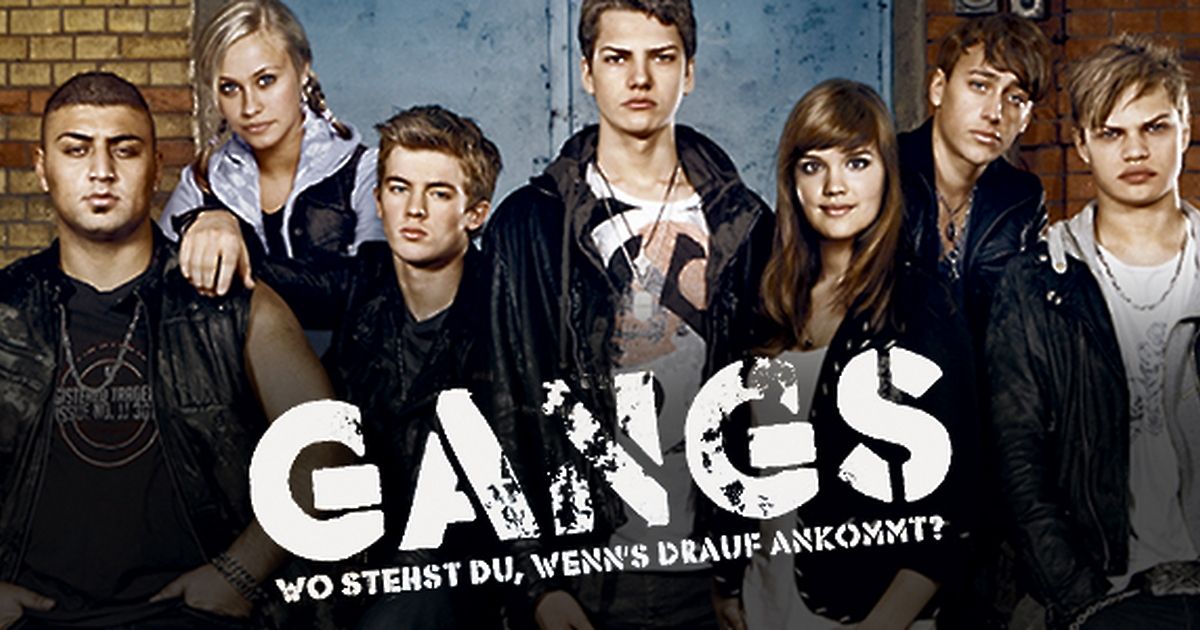In recent years, films portraying the unsettling theme of gang stalking have gained traction in popular culture. These narratives often depict individuals who believe they are being targeted by organized groups, facing relentless psychological harassment and surveillance. While these films can be captivating, they also raise questions about their impact on public perception and the broader implications for those who may be experiencing such phenomena in real life. This article explores the influence of gang stalking films on societal views, the line between fiction and reality, and the potential ramifications for mental health stigma and victimization.
Understanding Gang Stalking

Gang stalking, often referred to as “community harassment,” is described as a coordinated effort to surveil and intimidate an individual. Those who believe they are targets report various tactics, including:
- Constant monitoring by individuals or groups.
- Psychological manipulation through gaslighting.
- Use of technology for surveillance, such as tracking devices.
- Social isolation and harassment by community members.
While many mental health professionals regard gang stalking as a manifestation of paranoia or delusional disorder, the phenomenon has garnered attention in media portrayals, leading to a blend of fact and fiction that complicates public understanding.
The Rise of Gang Stalking Films

Films and documentaries about gang stalking have proliferated, often dramatizing the experiences of individuals who feel oppressed by unseen forces. Notable examples include:
- “The Invisible Man” (2020) – While primarily a horror film, it touches on themes of psychological control and manipulation, drawing parallels to gang stalking experiences.
- “The Game” (1997) – This psychological thriller delves into the life of a man who becomes embroiled in a mysterious and sinister game, reflecting the paranoia associated with gang stalking.
- “The Belko Experiment” (2016) – Though set in a fictional corporate environment, it showcases the breakdown of social order and the extreme lengths people will go to when manipulated by external forces.
These films often evoke strong emotional responses from viewers, blending entertainment with a sense of unease about the reality of being targeted.
Public Perception and Misunderstanding

The portrayal of gang stalking in films has significant implications for public perception. As these narratives gain popularity, they can contribute to a skewed understanding of mental health and victimization, including:
- Normalization of Paranoia: When gang stalking is depicted as a real, widespread occurrence, it can lead to the normalization of paranoid thoughts among the audience, making it difficult for individuals to distinguish between fiction and reality.
- Stigmatization of Victims: Those who genuinely experience symptoms of paranoia or believe they are being stalked may face increased stigma, as the public may associate their experiences with sensationalized accounts from films.
- Desensitization to Real Issues: As gang stalking becomes a trope in entertainment, audiences may become desensitized to the actual psychological distress experienced by those who believe they are targeted, leading to a lack of empathy.
These factors can create a feedback loop where the media portrayal of gang stalking reinforces misconceptions and leads to further marginalization of affected individuals.
Case Studies: The Thin Line Between Reality and Fiction

Examining real-life cases alongside their fictional portrayals can shed light on how media influences public perception. One notable case is that of John, a man who claimed he was a victim of gang stalking. His experiences included:
- Feeling watched and followed in public places.
- Receiving strange messages and phone calls, heightening his sense of paranoia.
- Social isolation as friends and family struggled to believe his claims.
John’s story echoes elements found in various gang stalking films, suggesting that while his feelings may have been rooted in real experiences, the narrative constructed by the media can exacerbate his isolation and distress.
Another example is the case of Sarah, a woman who reported being targeted by her former acquaintances. Her claims included:
- Being followed and harassed online.
- Experiencing workplace sabotage and social ostracism.
- Developing significant anxiety and depression as a result.
Sarah’s experiences highlight the potential for real harm stemming from group harassment, yet they also underscore how sensationalized portrayals can overshadow the complexity of these situations, leading to public skepticism and misunderstanding.
The Psychological Effects of Film Portrayals

The influence of gang stalking films extends beyond public perception; they can also have psychological impacts on viewers, such as:
- Heightened Anxiety: Exposure to themes of surveillance and harassment can contribute to increased anxiety and paranoia among viewers, particularly those already predisposed to such feelings.
- Confirmation Bias: Individuals may start to view their own experiences through the lens of these films, interpreting benign behaviors as malicious intent.
- Desire for Justice: Films often depict protagonists fighting back against their harassers, which can foster a sense of empowerment among viewers but can also lead to unrealistic expectations about resolution in real life.
These psychological effects emphasize the responsibility filmmakers hold in crafting narratives that balance entertainment with sensitivity toward mental health issues.
Addressing the Stigma

To mitigate the negative implications of gang stalking portrayals in films, it is essential to address the stigma surrounding mental health and victimization. Strategies include:
- Education and Awareness: Raising awareness about the complexities of mental health and the realities of harassment can help demystify gang stalking and foster empathy.
- Responsible Storytelling: Filmmakers should strive to portray these themes with nuance, avoiding sensationalism and ensuring that they accurately depict the impact of such experiences.
- Support Systems: Creating support networks for those who believe they are victims of gang stalking can provide a safe space for discussion and healing.
By prioritizing education and responsible storytelling, society can begin to dismantle the stigma surrounding mental health while fostering a more nuanced understanding of gang stalking.
The portrayal of gang stalking in films serves as a double-edged sword, merging entertainment with the potential to distort public perception and stigmatize real-life experiences. As audiences consume these narratives, it is crucial to remain vigilant about the impact they have on understanding mental health and victimization. By fostering awareness, encouraging responsible storytelling, and supporting those affected, society can work toward a more compassionate and informed dialogue surrounding these complex issues. Ultimately, unmasking the reality behind gang stalking films may pave the way for greater empathy and a deeper understanding of the challenges faced by those who feel targeted in their everyday lives.


